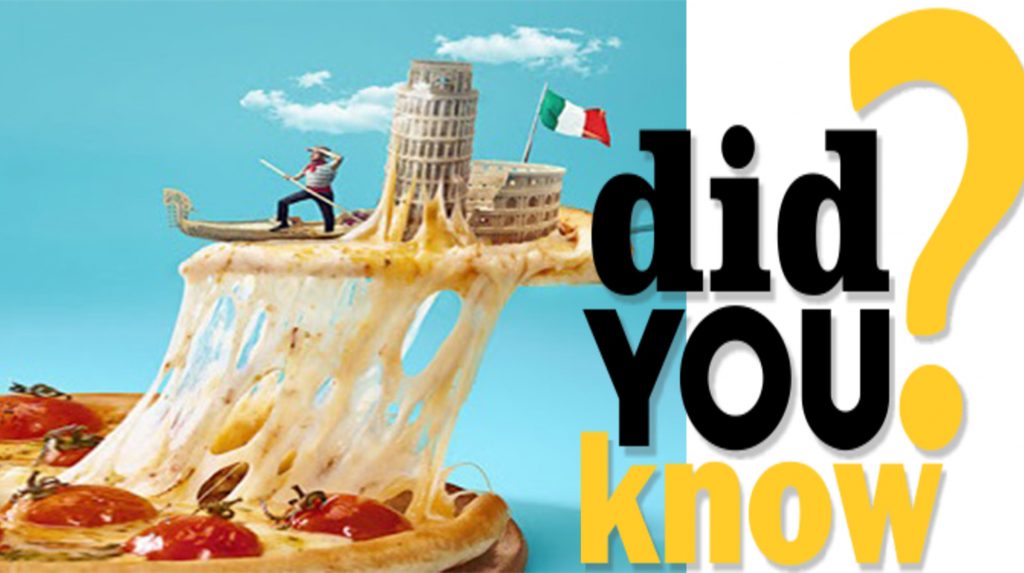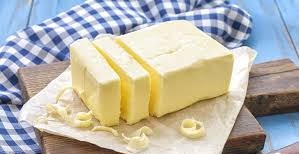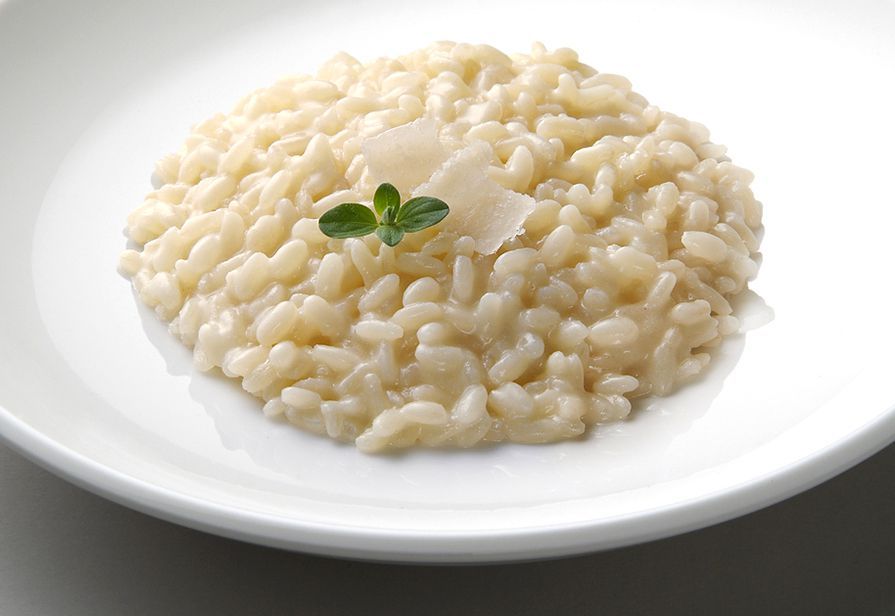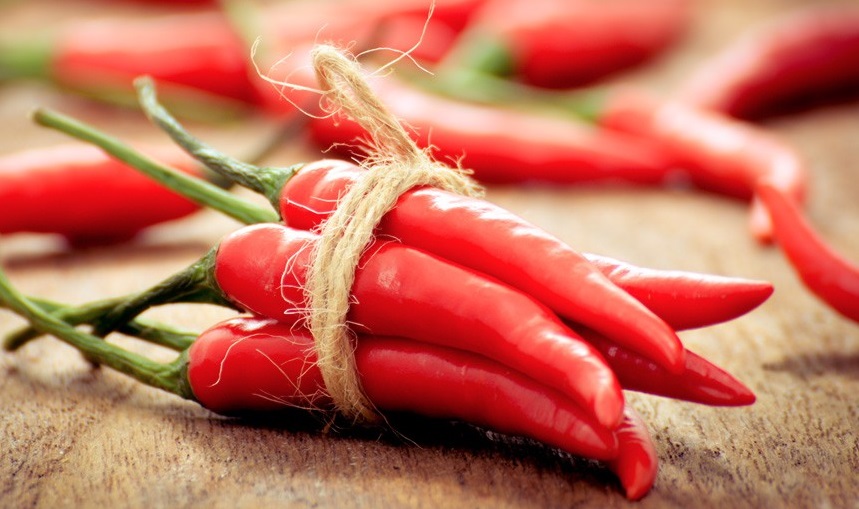Did You Know?

In which region olive oil is used for cooking and in which region butter is used?

The Apennine chain acts as a natural line that divides Italy into two: in the North, mainly butter is used for cooking, and in the South almost exclusively olive oil. North of the Apennines the winter climate is too harsh for growing olive trees, with the exception of the shores of Lake Garda which have a more temperate microclimate thanks to the waters of the large lake, where an excellent, delicately-flavoured olive oil is produced.
Which ingredient is used for making pasta?

Industrial pasta is made exclusively from durum wheat semolina flour and water. Handmade pasta on the other hand, depending on the region, can be made with flour and eggs; semolina and eggs; semolina, flour and eggs; or semolina and water. Roughly speaking, in the South handmade pasta is mainly made from durum wheat semolina and water, while in the north-central region it is made with flour and eggs. However, some pastas are also made with a mixture of various flours and eggs.
Where in Italy is rice more prevalent?

In the northwest of Italy rice is a very important crop. Various types of rice are grown here, including Asian varieties, but especially certain types of rice such as Vialone Nano, Arborio and Carnaroli of which Italy is the only producer in the world. Italy has the most land dedicated to the cultivation of rice in Europe (about 50% of the European total) and produces the most rice out of all European countries (again about 50% of the European total). The kind of rice commonly used in Italian cooking is very different from Indian rice. The varieties of rice most commonly cultivated in Italy are those suitable for risotto: Vialone Nano, Arborio, Sant’Andrea and Carnaroli, which occupy about 36% of the area cultivated with rice. It is therefore only natural that more rice is eaten in the north than in the south. In the north, rice is used above all to make risotto, which occupies the same place in the diet as pasta. In south-central Italy, some of the famous rice dishes are supplì in Rome, sartù in Naples and arancini (or arancine) in Sicily.
In which region bread is unsalted?

In Tuscany, as well as in parts of Umbria and Le Marche, bread is made without salt. The history of bland bread, or sciocco (literally, ‘foolish’) as it is known in Florence, is very interesting and probably dates back to the 12th century. At the time, Florence and Pisa were enemy cities. As a matter of fact, Dante, who was a Florentine, wrote in The Divine Comedy, “Ah, Pisa, you the scandal of the peoples of that fair land where sì is heard, because your neighbours are so slow to punish you.” Pisa was the great port of Tuscany where products arrived from outside, and Pisans began to make their Florentine rivals pay dearly for the large quantity of salt that landed in the Tuscan port. The latter responded to their neighbours’ scheme by starting to produce unsalted bread. Since then, unsalted bread has characterized Florentine gastronomy, so much so that Dante, living in exile from Florence, wrote in the seventeenth canto of Paradise, “You will come to know the taste of others’ bread, how salty it is.” That is, you will find out how hard life is in exile outside Tuscany and your Florence, where even the bread is salty.
In which regions lot of chilli pepper is used?

Italians do not use a lot of chilli pepper in the kitchen, and its use characterizes the cuisine of the South more than that of the North. In some areas of central and southern Italy, a sweet red pepper also called crusco pepper is abundantly used as a condiment. However, there are various dishes in which hot chilli pepper makes an appearance, especially in pasta dishes like spaghetti with garlic, oil and chili pepper and pasta all’arrabbiata. But it is above all in Calabrian cuisine that it is used abundantly. Here the chilli pepper, in both fresh and preserved dishes, whether fresh or dried, in moderate or exaggerated doses, is always present.
